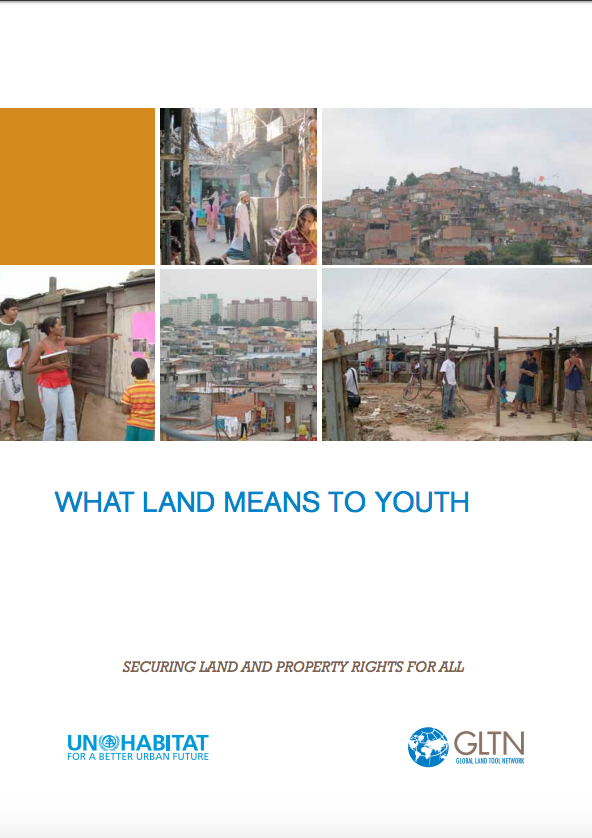Regional Law No. 1736 “Land Code”.
This Regional Law establishes purposeful use of land and lays down legal grounds for land tenure and land management for specific purposes. It classifies land into the following categories: (a) agricultural land; (b) urban land; (c) industry, energy, communication land; (d) protected areas; (e) land of forest fund; (f) land of waterbodies; and (g) reserve land. Land ownership right shall be subject to mandatory state registration. Regional land can pertain to private, public, municipal and other types of ownership. Agricultural land shall be subject to natural-agricultural zoning.









